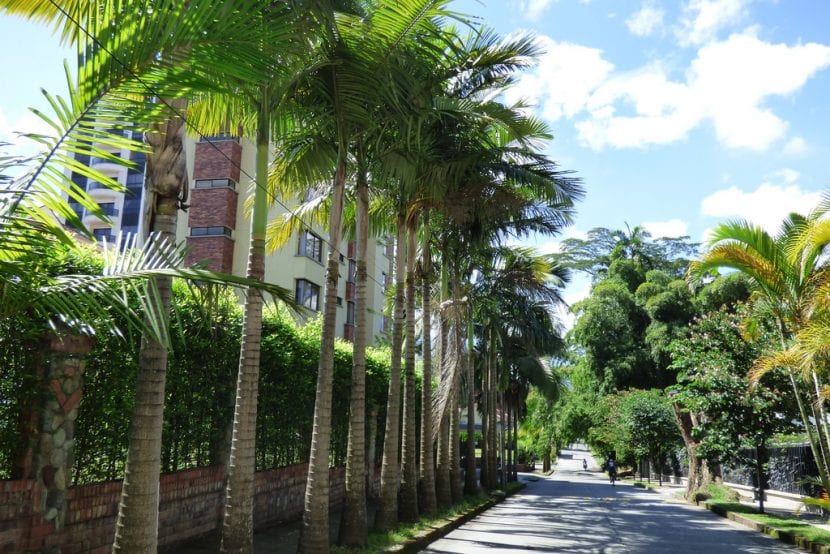
La Archontophoenix Alexandrae. it is one of the most beautiful palm trees in the world, and one of the easiest to care for even more than its sister Archontophoenix cunninghamiana. From experience I can tell you that our protagonist adapts much better to direct sun if she gets used to it little by little, and it can also be grown in pots or small gardens.
So if you need a fast growing plant with a tropical look but able to withstand a few frosts, get one. In this article I will tell you what care you should provide.
Origin and characteristics
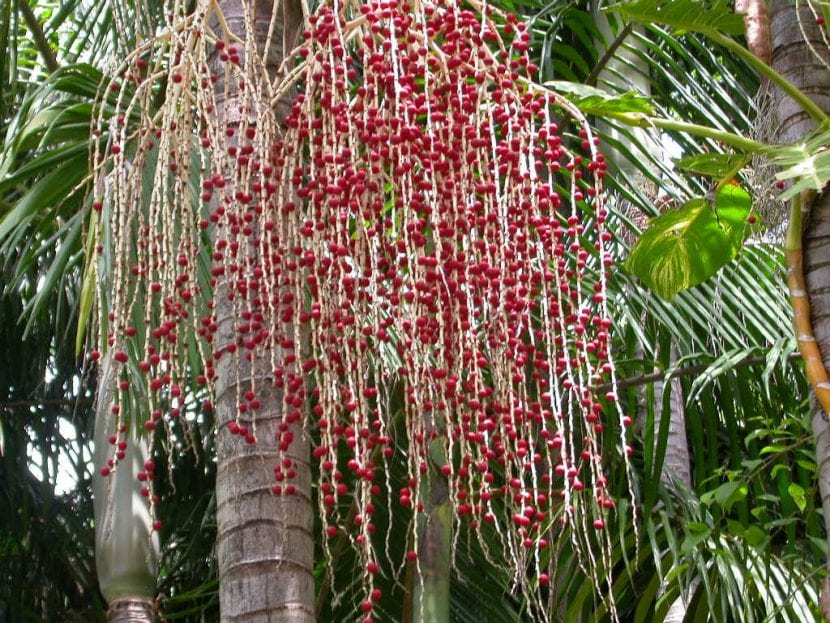
La Archontophoenix Alexandrae. It is a native palm of Australia, specifically of the valleys and jungles of Queensland. It is popularly known as the Alexandra palm, Australian royal palm or Alexandro palm. It has a rapid growth, being able to exceed 20 meters in height. Its trunk is thin, ringed and slightly stepped, with a thickness of about 30cm.
The leaves are pinnate, 3-4 meters, greenish on the upper side and glaucous on the underside.. The flowers are grouped in interfoliar inflorescences, and there are female and male. The former have 3 staminodia, and the latter have 8-24 stamens and a pistil. It is monoecious (there are male and female specimens).
The fruit is oval, red in color, and about 1 centimeter long. This contains a single brown seed.
What are their cares?
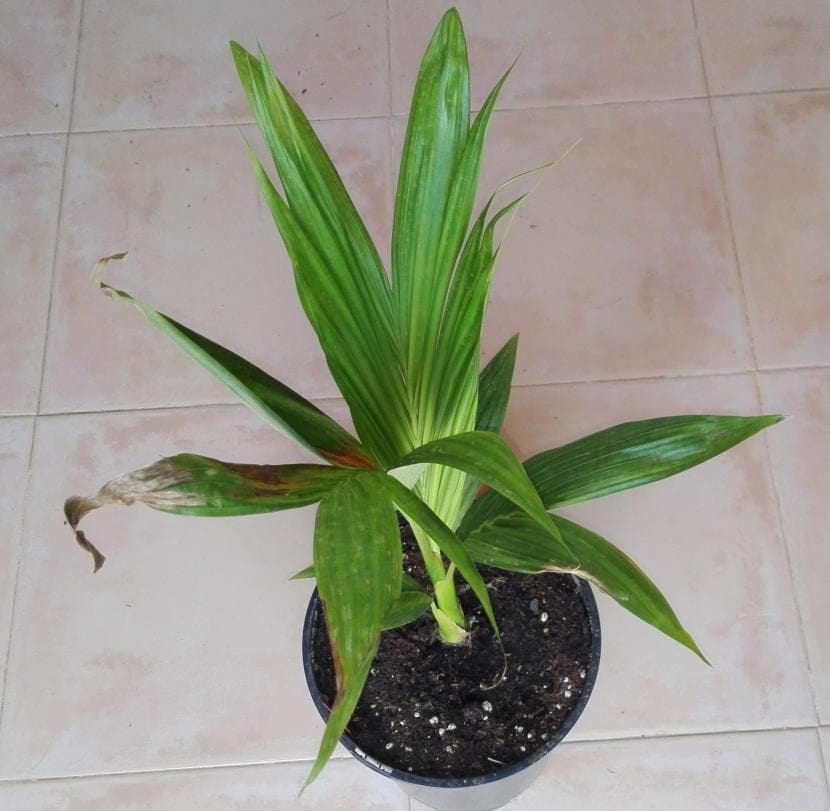
Copy of my collection.
If you dare to get a copy, we recommend that you provide it with the following care:
Location
- Body exterior:: If it can be in a place where it has partial shade from young and sun as it grows, it will be great. It can also be kept in semi-shade throughout its life without problem.
- Interior: in a room with plenty of natural light.
Irrigation
Frequent, especially in summer. You have to water 3-4 times a week during the hottest season, and every 3-4 days the rest of the year. If you are going to have it in a pot, put a plate under it, it will appreciate it 😉.
Earth
- Flower pot: universal culture substrate mixed with 30% perlite.
- Garden: it must be fertile, with good drainage.
Subscriber
From early spring to late summer must be paid to the Archontophoenix Alexandrae. with specific fertilizers for palm trees following the indications specified on the product packaging. But to make it really good, I advise paying it from time to time -for example, in alternate months- with ecological fertilizers.
Multiplication
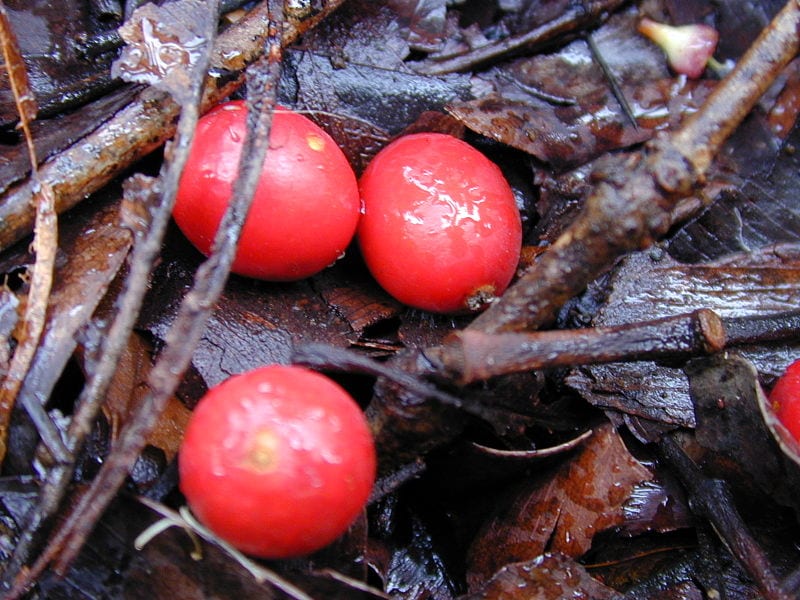
It multiplies by seeds in spring. The way to proceed is as follows:
- The first thing to do is put the seeds in a glass of water for 24 hours. Those that remain floating will be discarded since they are unviable.
- Then a 10,5cm diameter pot is filled with universal growing medium and watered.
- Afterwards, a maximum of 2 seeds are placed in the pot, and they are covered with a thin layer of substrate so that they are not exposed directly to the sun.
- Finally, the pot is placed near a source of heat or outside in full sun.
Keeping the substrate moist will germinate in 2 months, 3 maximum.
Planting or transplanting time
In spring, when the risk of frost has passed. If it is potted, you will need a transplant every 2 years.
Pests
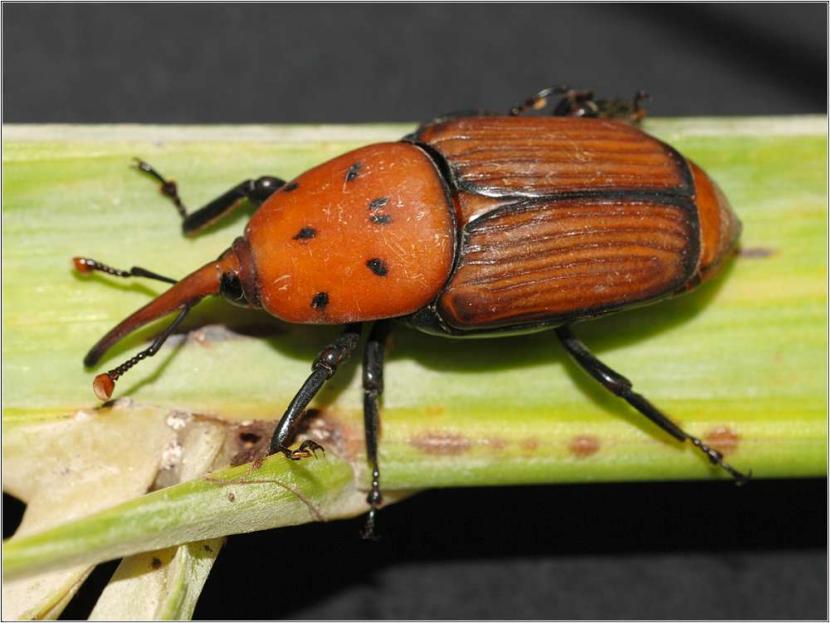
It is a fairly resistant palm tree, but if the growing conditions are not suitable, the following pests can attack it:
- Mealybugs: they can be cottony, or limpet type. In any case, they are parasites that suck the sap from the leaves, especially the most tender ones. They are eliminated with an anti-mealybug insecticide following the indications specified on the package.
- Red weevil: it is a weevil (a type of beetle but thinner) whose larvae dig galleries in the trunk, weakening the palm tree. It is not very frequent in Archontophoenix, but if you live in an area where this pest has already "settled", give it preventive treatments with the remedies indicated in this article.
- paysandisia archon: it is a moth whose larvae feed on the heart of the palm tree, from which the new leaves come out. When these blades are opened, it is easy to see a series of fan-shaped holes produced by them. Like the weevil, it is not often seen in A. alexandrae, but if there are in the area you have to do preventive treatments with the remedies indicated in the link.
Rusticity
Withstands frosts up to -4ºC if she is an adult. While you are young you need some protection.
What uses does it have?

La Archontophoenix Alexandrae. It is a beautiful palm tree, very easy to grow and maintain, which is used as an ornamental. Whether planted in a large pot like in the garden, as an isolated specimen or in rows, it is one of those plants worthy of admiration. that do not leave anyone indifferent.
So if you are looking for beauty in your home, do not hesitate: get a copy of this species. You will not regret it.
Hello, I have a question, I love both this palm tree and the real Cuban one, which one do you think would adapt better to the climate of Seville?
Hello Jose.
The Cuban real does not resist frosts, instead the Archontophoenix Alexandrae. yes it holds up to -2ºC or so. Worse, the latter needs protection from the sun.
You can also choose one parajubaea, which resist the Mediterranean climate much better and are sunny 🙂
Greetings.
Well, I really like those 2 because they have a very nice and clean trunk, I already have 3 feathery coconut and they are beautiful but I did not know them and I saw one this summer in Chipiona (Cadiz) and I would bet on the photos that it is the Australian, here in Seville the frosts only a few days and at most -2 degrees but sun and heat a lot in summer more than 40 many days
Hello Jose.
The problem with the Archontophoenix is that they want shade. The Mediterranean sun burns its leaves with amazing speed.
As for temperatures, you will have no problem 🙂
Greetings.
I have an Alejandra palm tree. He was very well and suddenly the leaves began to break at 10cm from the birth.
This sown abroad has 3 mts. What height will it have and how do I solve it?
Hello Fernando.
Do you get the sun at some point? If so, I recommend planting taller plants near it, since this palm does not like direct sun, unless it is very very soft.
If not, how often do you water it? You have to water it frequently.
You tell us.
Greetings.
Hello !!
I am from Santiago de Chile, for the second time I am germinating these seeds, but in my case they take approximately 10 months to germinate.
regards
Hi Octavio.
But can you get the seeds from the palm tree, or are they bought somewhere? It is that if they are bought, they can take time, since they are normally kept until someone buys them, and for that to happen it may take a few months.
Regards!
Good morning. I am somewhat confused. I recently bought 2 Alejandra, they were in pots of 35 and I transplanted them to 50. Just those days it was very windy and the leaves are drying a lot. In the nursery they told me that if it was windy to put them inside the house with good light and that instead of watering them every 6 days better every 8. Do you see it well? I have read that you recommend more frequent watering. For what it's worth, we're from Alicante. Thanks in advance.
Hi carlos.
Yes, I have several Archontophoenix on the ground and they are watered at least once a week. Anyway, if it is the first time that the wind gives them a lot, it is normal for them to break
Greetings.